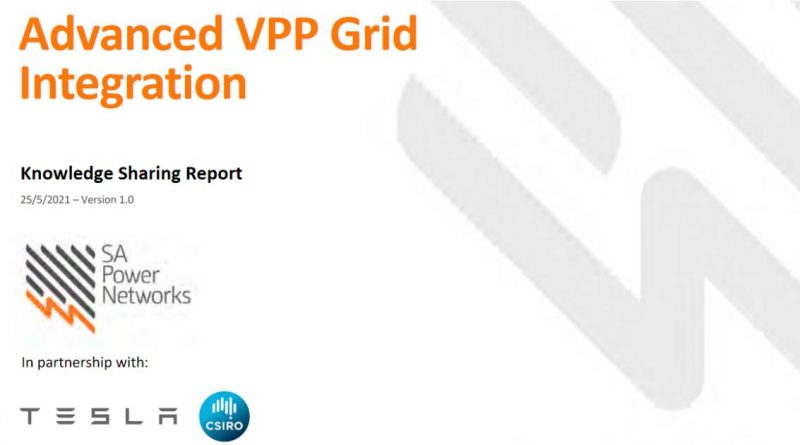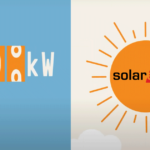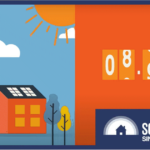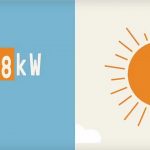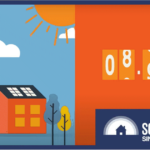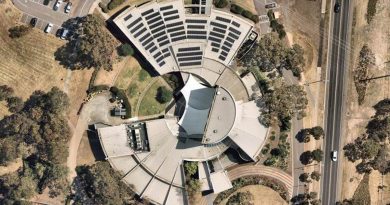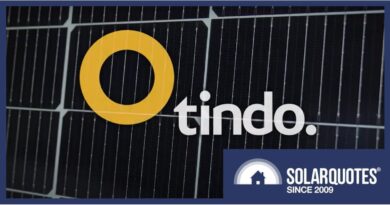A Dynamic Solar Exports Future Looks Bright

A South Australian trial has demonstrated higher levels of energy exports from solar and battery systems can be achieved through dynamic (flexible) export limits rather than fixed.
In an ARENA-supported trial that kicked off in 2019, SA Power Networks (SAPN) worked with Tesla and CSIRO to show how Virtual Power Plant (VPP) performance can be greatly improved to the benefit of all stakeholders by taking new approaches to grid integration.
In South Australia, SAPN has a fixed 5kW per phase limit on exports – this is in part to help prevent too much solar energy goodness overloading local networks, which wouldn’t be so good. One of the issues with this hard limit is even in areas where congestion is a significant challenge, there are times of the day when there is plenty of spare hosting capacity that could be put to good use.
But in the ‘Advanced VPP Grid Integration’ trial that ran from January 2019 to March this year, all 1,000 participating systems were able to export more than if operating on the standard fixed export limit – safely and without breaching local network constraints – by continually adapting to changing conditions. This was able to occur thanks to a Tesla/SAPN co-designed Application Programming Interface (API) enabling secure real-time exchange of data between Tesla’s and SA Power Networks’ systems.
Tesla developed new firmware and configuration settings for the Powerwall 2 and Powerwall 2 Gateway pair to remove the 5kW static site export limit and implement a dynamic connection limit based on the information it received from SAPN.
The improvement translated to the VPP operator able to increase total export capacity from 5MW to an average of 6-8MW during solar hours (reaching up to 10MW at times) – increasing revenues from both Frequency Control Ancillary Services (FCAS) and wholesale energy markets.
For Virtual Power Plant participants, depending on the arrangement, improved VPP performance through dynamic exports should mean better returns.
Dynamic Solar Exports Will Help Lower Electricity Prices
For electricity customers, as VPPs can be provided with the ability to export at their full capacity at times and locations where energy is most needed by other customers, this should mean downward pressure on overall electricity costs. Also:
“The capabilities developed in this project will help VPP operators create more value for customers from their investment in Distributed Energy Resources (DER) and will enable distribution network operators to integrate more and larger VPPs with the network without the need for costly network upgrades,” said Mark Vincent, SAPN GM Strategy & Transformation.
.. and network upgrades are ultimately paid for by all electricity customers.
The final Advanced VPP Grid Integration – Knowledge Sharing Report was released on Tuesday and can be viewed here.
This was the first project to demonstrate the viability of flexible/dynamic exports. It paved the way for extending this capability to non-VPP solar customers through SAPN’s ‘Flexible exports for Solar PV’ trial, which is also occurring with support from ARENA and in partnership with solar inverter manufacturers Fronius, SMA and SolarEdge, and energy management solutions provider SwitchDin. This trial will be expanded over time.
On a related note, last month SolarQuotes founder Finn Peacock weighed in on dynamic solar exports – and how curtailment of solar should be considered a feature rather than a bug.
Original Source: https://www.solarquotes.com.au/blog/flexible-dynamic-solar-mb2012/

